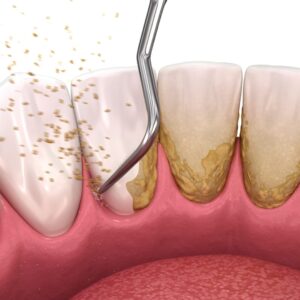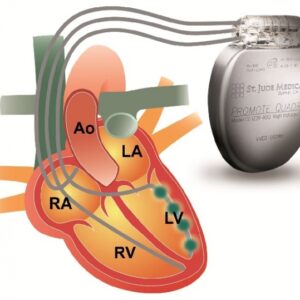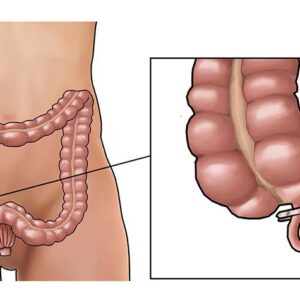Description
Familiarity with Treatment
Tympanostomy tube insertion, also known as ear tube placement or myringotomy with tube insertion, is a common surgical procedure aimed at addressing conditions such as chronic ear infections, middle ear effusion (fluid accumulation), or other middle ear pathologies. It involves the insertion of small, hollow cylinders (tubes) into the eardrum to ventilate the middle ear and facilitate drainage of fluid.
Procedure
During tympanostomy tube insertion, a small incision is made in the eardrum, and a tiny tube is placed to allow for ventilation and drainage of the middle ear. The procedure is often performed under general anesthesia, especially in young children, to ensure the patient remains still during the delicate procedure. The tubes are designed to fall out on their own after a certain period, and the incision in the eardrum typically heals spontaneously.
Who is it Suitable For?
Tympanostomy tube insertion is suitable for individuals, especially children, with conditions such as chronic ear infections, recurrent acute otitis media, or persistent middle ear effusion. It is commonly performed in cases where other treatments, such as antibiotics, have not been effective in resolving the underlying issues.
Who is it Not Suitable For?
Tympanostomy tube insertion may not be suitable for individuals with specific medical conditions or anatomical limitations that may affect the feasibility or safety of the procedure. A comprehensive evaluation by a specialist is necessary to determine the suitability for tympanostomy tube insertion.
Advantages
- Improved Ventilation: The insertion of tympanostomy tubes allows for improved ventilation of the middle ear, reducing the risk of fluid accumulation and associated complications.
- Prevention of Recurrent Infections: By facilitating drainage and ventilation, tympanostomy tubes can help prevent recurrent ear infections and reduce the need for prolonged antibiotic use.
- Potential for Improved Hearing: In some cases, tympanostomy tubes may lead to improved hearing in individuals with persistent middle ear effusion.
Complications
Complications of tympanostomy tube insertion may include:
- Otorrhea: Drainage from the ear, which is a common complication following the procedure.
- Perforation of the Eardrum: There is a risk of the eardrum not healing properly after the tube falls out, leading to persistent perforation.
- Persistent or Permanent Hearing Loss: Although rare, there is a risk of hearing loss associated with the procedure.
Preoperative Care
Preoperative care for tympanostomy tube insertion involves a comprehensive evaluation by a specialist to assess the individual’s medical history, anatomical considerations, and overall suitability for the procedure. This may include audiometric testing, imaging studies, and medical clearance.
Postoperative Care
Following tympanostomy tube insertion, individuals are typically provided with detailed postoperative instructions. This may include guidelines for wound care, pain management, and activity restrictions. Patients may also be prescribed antibiotic ear drops to prevent infection after surgery.
Tympanostomy tube insertion is a common surgical procedure aimed at addressing chronic ear infections, middle ear effusion, and related pathologies.






Reviews
There are no reviews yet.